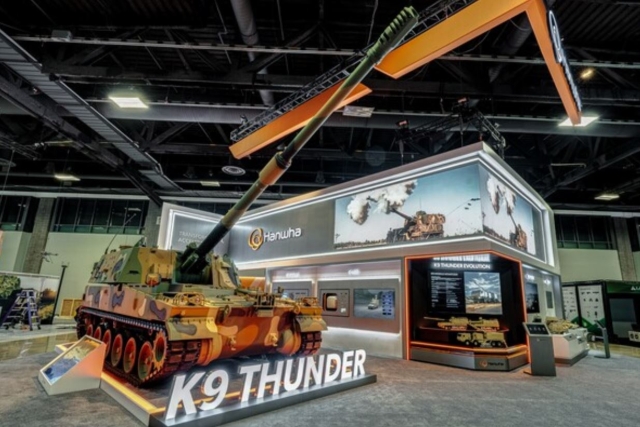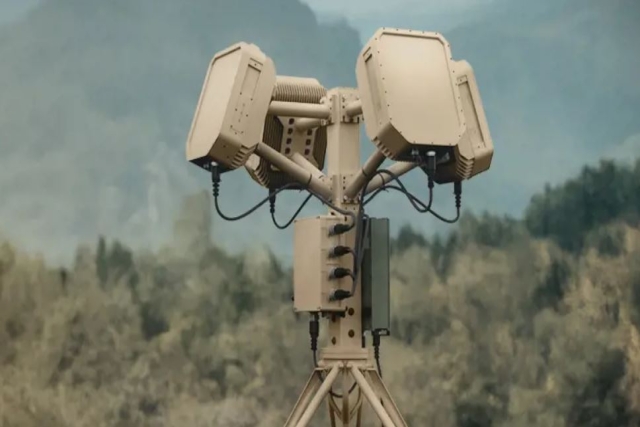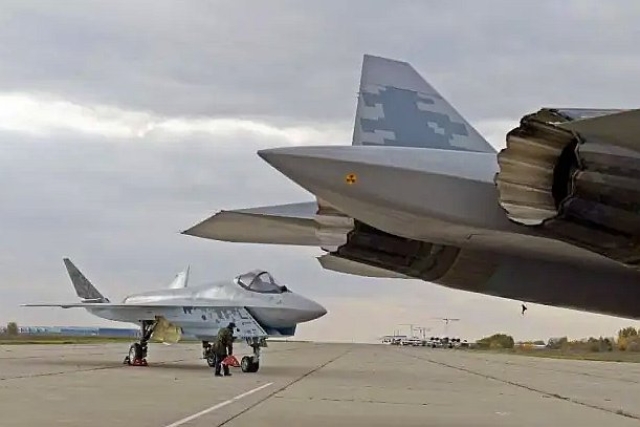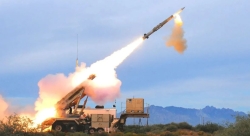U.K. Tests High-Altitude Military Balloons for Intelligence Missions
Uncrewed stratospheric vehicles trialed in U.S. may support surveillance, communications, and disaster response
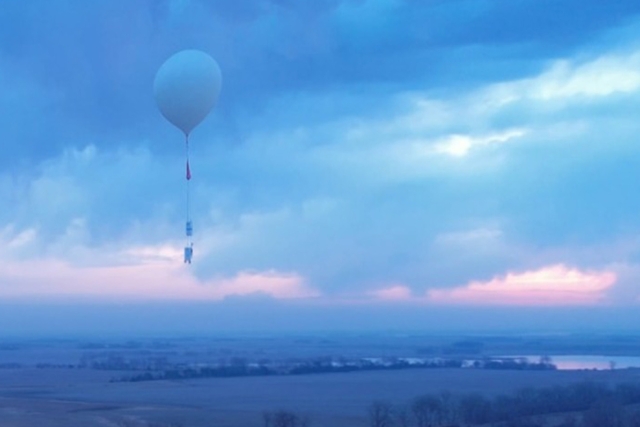
The United Kingdom has tested a new fleet of high-altitude military balloons designed to support surveillance, intelligence gathering, and communications across vast distances, the Ministry of Defence confirmed.
Spotted floating above South Dakota skies during Project Aether trials, the balloons operate between 60,000 and 80,000 feet—well above most military aircraft. The initiative is part of a broader U.K. push to explore the potential of stratospheric vehicles in future defense operations.
The balloons are capable of traveling over 2,000 nautical miles without requiring maintenance. They can carry surveillance or weather modules weighing up to 3 kilograms and stay aloft for more than five days. The lightweight design allows a single person to operate the platform.
While primarily developed for defense applications, including reconnaissance and low-cost communications, the Ministry of Defence also sees potential civilian uses. These include delivering high-speed internet to disaster zones and aiding in climate monitoring.
Developed by U.K.-based Voltitude in collaboration with Landguard Systems and Aerostar, the stratospheric balloons are part of a larger concept development program led by Defence Equipment & Support (DE&S). The program is exploring new technologies that could extend mission durations to six months or more.
Stratospheric balloons gained global attention in 2023 when a suspected Chinese spy balloon was shot down over U.S. airspace by an F-22 Raptor. That event reignited international interest in the potential—and threat—of high-altitude unmanned platforms.
According to reports, the U.S. invested $3.8 million in balloon-related programs between 2020 and 2022, aiming to track hypersonic threats posed by China and Russia. Meanwhile, North and South Korea have used balloons for psychological operations, trading insults, propaganda, and even trash via airborne delivery.
The U.K.’s trials signal its intent to expand its capabilities in the stratosphere, not only with lightweight surveillance balloons but also with long-endurance vehicles capable of carrying larger payloads for extended missions.

